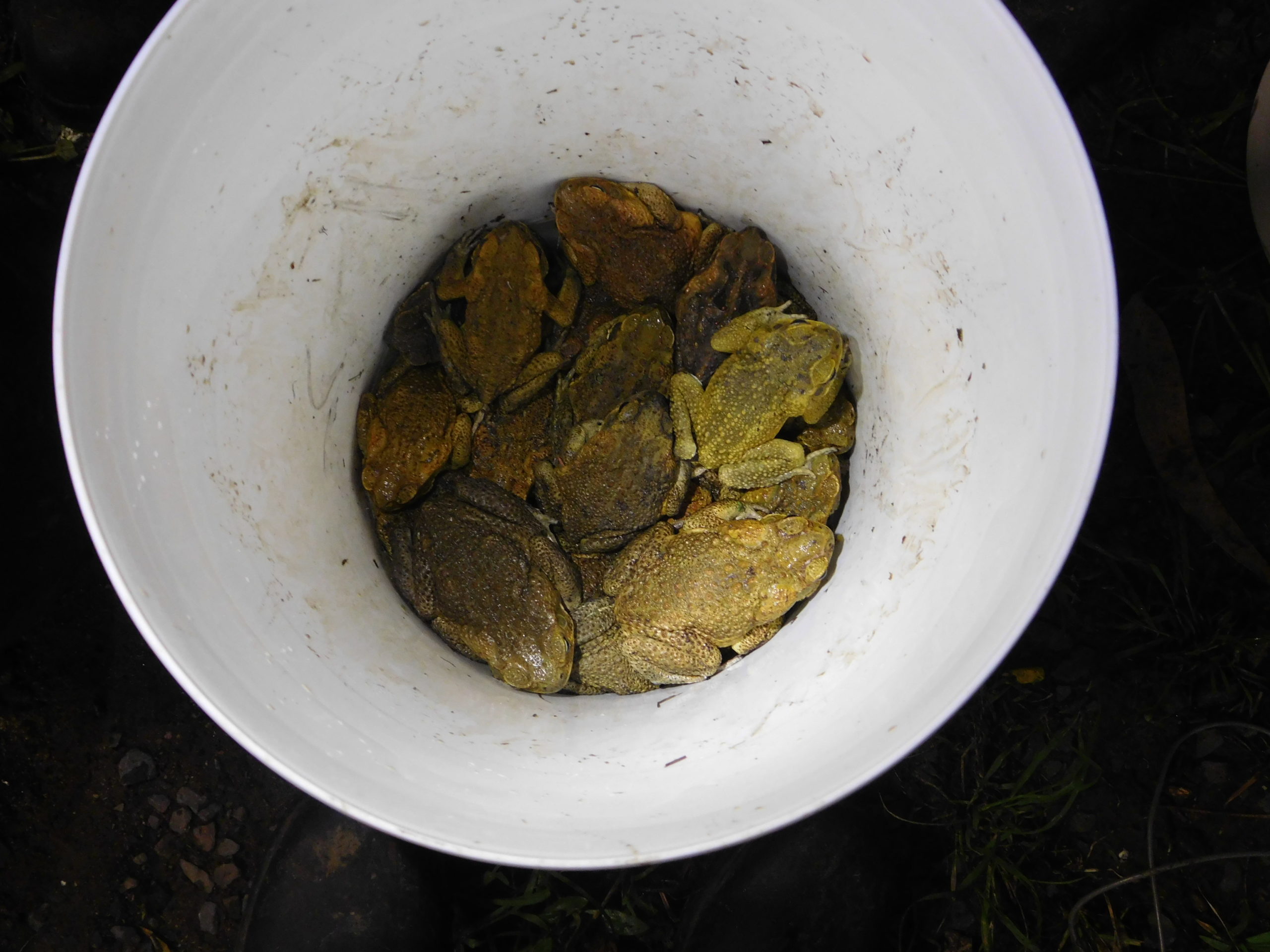‘You’re on mute’ seems to be the catchphrase of 2020, but with a global pandemic restricting activities and gatherings, the method of connecting via online platforms can no longer be restricted to the young or tech-savvy.
With geographic distance between individuals and local groups no longer as big of a challenge for established and new Landcarers, learning new skills on how to care for our environment and community has become more accessible that ever.
Exploring remote Landcare sites via live feeds on Facebook, webinars on the design and installation of nestboxes to help with post bushfire relief and mental health and community support – by migrating online, Landcare communities are continuing to positively impact their local communities and environments.
“Landcarers, like everyone else, have had to become more flexible in their approach to delivering outcomes,” says Landcare NSW CEO, Dr Adrian Zammit.
“Landcarers are resilient and flexible individuals, and despite our current situation limiting on-ground activities, what we’ve seen is individuals looking for new ways to help address all the environmental and social challenges that haven’t changed since COVID-19 started.”
Based in Tenterfield in Northern NSW, Granite Borders Local Landcare Coordinator, Mandy Craig, says online workshops have become a core component of delivering recent activities, meaning landholders in remote areas have access to the same events as those individuals living closer to towns.
“People can just take a break for an hour or so and join the event. It’s not the case of setting aside a day to travel to Tenterfield. Many of our Landcarers live up to, and over, an hour away from town so this is a great way to have a greater geographical reach and connect with farmers from across our region.”
“Online means we can have more training events or activities in a cost-effective way. For example, our most recent event was a book club where we were able to have each author join in our zoom meeting. This would have been extremely difficult, if not impossible, to have authors join us locally.”
Upper Shoalhaven Landcare Local Landcare Coordinator, Rebecca Klomp, agrees saying webinars hosted by experts, as well as online resources, mean that more people can make positive impacts for their local environment and be part of an established community.
“Our webinar on nest box installation with Ecologist Alice McGashen had 30 people take part. The webinar covered local hollow dwelling species, nest box design and materials, installation and monitoring. We also produced videos on YouTube and downloadable material for people to have at home with nearly 100 nest boxes currently being built.”
“The session was shorter than a face-to-face session and the face-to-face networking that normally happens between landholders was a little different, however everything else ran like a normal workshop with interactive options.”
“I definitely think we will use online technology more in a combination with face-to-face delivery for our Landcare activities. Of course, the face-to-face connection remains so important and plays a crucial role in sustaining our communities to deliver work so we look forward to that being commonplace again,” Rebecca said.

